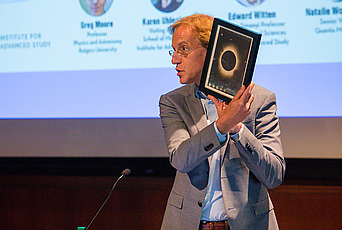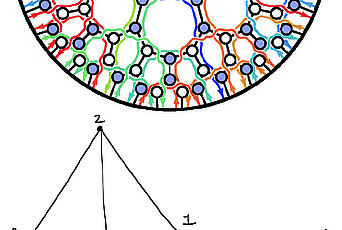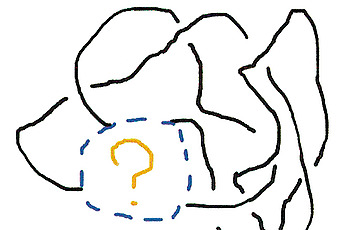Edward Witten on Mathematics and Physics

By the twentieth century, mathematics had advanced into rather abstract realms, transcending its origins, which had been largely driven by questions closer to the natural world. Physics on the other hand, especially after the development of quantum mechanics, went in directions that were much harder for mathematicians to appreciate. Two of our speakers this afternoon, both Karen [Uhlenbeck] and Tom [Lam], drew attention to the fact that it is actually extremely difficult for mathematicians to understand quantum field theory. And that’s been an enduring mystery.
Since quantum field theory has been increasingly central in physics since the late 1920s, that has created, just in the logic of mathematics and physics, a gulf between them. And that was enhanced after World War II. In the quarter-century after World War II, there was an incredible flood of discoveries in fundamental physics, so that the progress of physics was largely driven by experiment in a way that might not have made the subject seem too enticing to mathematicians, especially given that the mathematical foundations were so murky. That would be kind of a summary of where the world was when I was a student, for example.
When I was a student, a physics graduate student would not be exposed—I was not, and I think others would not have been either—to any ideas at all in contemporary mathematics or really even in twentieth-century mathematics, practically. Now, clearly, things have changed a lot since then. And one of the biggest reasons that things have changed is that when the Standard Model of particle physics developed, theory, in a way, had caught up with experiments. When the Standard Model was in place, it led physicists to ask new kinds of questions that weren’t possible before, without the Standard Model. And it made what physicists could potentially do more interesting mathematically.
So, definitely, this story has changed in the period since I was a graduate student. And string theory has also been an important part of that change. I would like to remark though that although there has been a huge change since I was a student, we shouldn’t exaggerate. There is also still a big separation, an almost inescapable separation, between the goals and nature of the two subjects.
Physicists usually are not much interested in the details of mathematical proofs, which means that usually even physicists might not really understand deeply the mathematical ideas that they are working with. And, on the other hand, since the difficulty for mathematicians to understand quantum field theory has endured, it remains extremely difficult for mathematicians to understand what physicists are really trying to do.


